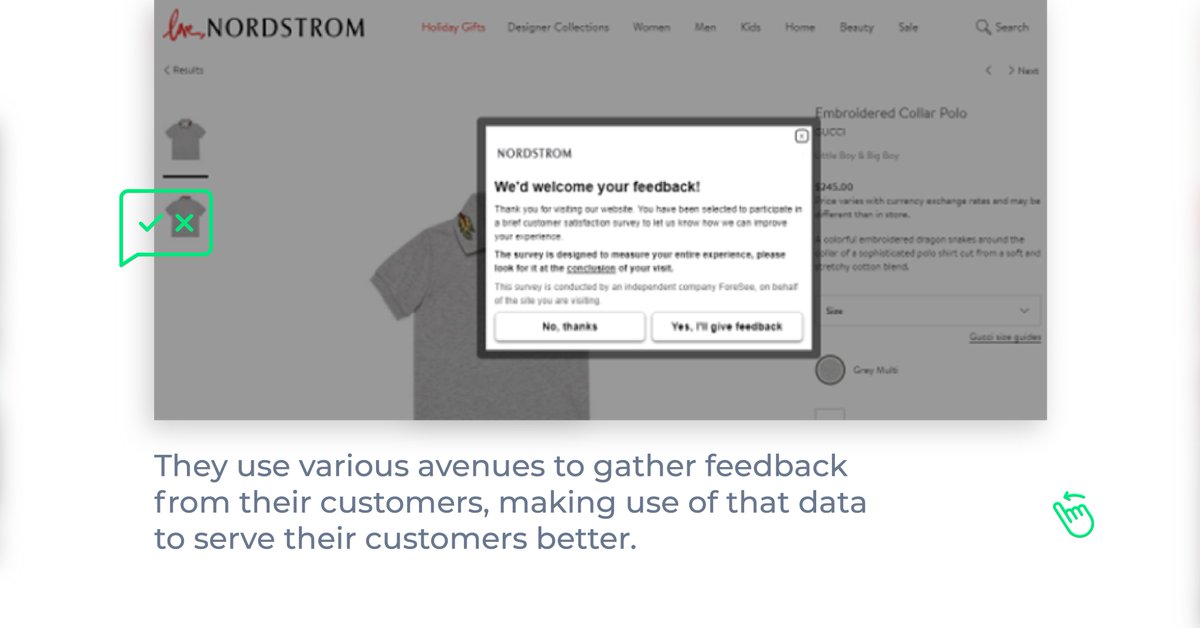
#ThreadAlert: Oftentimes, designers grapple with the question, how does the customer actually use this product? To do so, first designers need to learn “How to Use Journey Mapping for the Project?”
Let's quickly get through the entire journey mapping process!
#koruux #uxdesign
Let's quickly get through the entire journey mapping process!
#koruux #uxdesign
The user journey map is an overview of the key touchpoints and interactions. It describes the user’s motivation, feelings, emotions, and goals stage-by-stage.
Here are the key components for Journey Mapping 👇
#ux #uxdesign #userexperience
Here are the key components for Journey Mapping 👇
#ux #uxdesign #userexperience
1. Persona
User personas are created to ensure that the final design fulfills the needs of actual users, solves their problems, and becomes a delight for them to use.
#ux #uxdesign #persona
User personas are created to ensure that the final design fulfills the needs of actual users, solves their problems, and becomes a delight for them to use.
#ux #uxdesign #persona
2. Scenario
Scenarios are stories that capture the goals, motivations, and tasks of a persona in a given context.
#goals #motivation #persona
Scenarios are stories that capture the goals, motivations, and tasks of a persona in a given context.
#goals #motivation #persona
3. Stages of the Journey
Journey phases refer to the sequence of events that the user goes through while using the product.
#product #journey #user
Journey phases refer to the sequence of events that the user goes through while using the product.
#product #journey #user
4. Actions, Attitudes, and Emotions
The user’s thoughts and feelings are represented through their behavior in the journey. These are behaviors, thoughts, and feelings the user has throughout the journey and that are mapped within each of the journey phases.
#emotion #Actions
The user’s thoughts and feelings are represented through their behavior in the journey. These are behaviors, thoughts, and feelings the user has throughout the journey and that are mapped within each of the journey phases.
#emotion #Actions
5. Insights
Finally, insights reveal how the information gained from the mapping exercise can be capitalized. These insights are nothing but opportunity areas where the design team needs to take action and implement changes.
#team #user #insights #design
Finally, insights reveal how the information gained from the mapping exercise can be capitalized. These insights are nothing but opportunity areas where the design team needs to take action and implement changes.
#team #user #insights #design
Stop making assumptions and learn the user’s actual journey by clicking the link here ⬇
koruux.com/blog/how-to-us…
@threadreaderapp @uxlx
#tuesdaymotivations #user #ux #koruux #design #user #userjourney
koruux.com/blog/how-to-us…
@threadreaderapp @uxlx
#tuesdaymotivations #user #ux #koruux #design #user #userjourney
• • •
Missing some Tweet in this thread? You can try to
force a refresh






